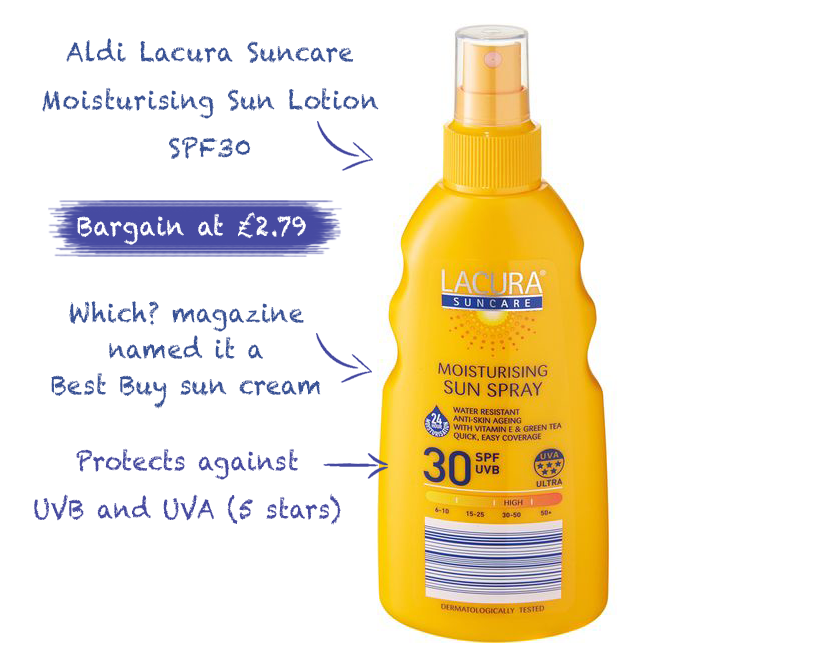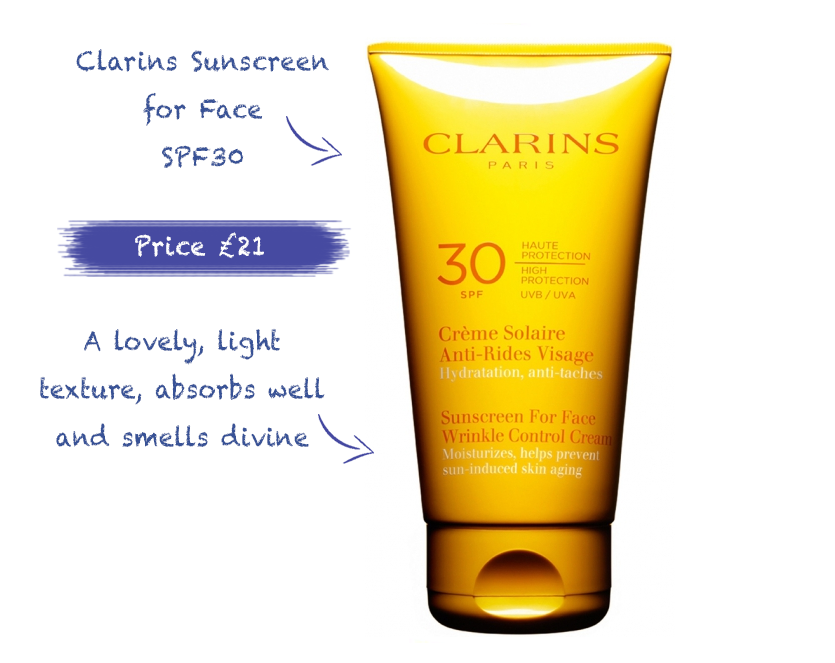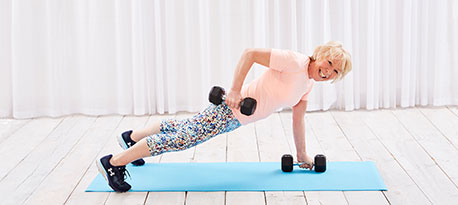This is a bit of a dry blog about the effects of the sun but the importance of vitamin D. You know… informative… but heavily lacking in jokes and frivolity… so apologies in advance.
It’s an at-a-glance look at how best we can protect ourselves (and our family) from the sun and minimise the ‘sun-drenched lined’ look, but still get our daily dose of vitamin D. I’m going right to the heart of the matter and starting at the very beginning (as they say in the Sound of Music…).
The sun emits different kinds of light:
- the visible light you see,
- the infrared light you feel as heat,
- and the invisible ultraviolet (UV) radiation.
The 3 Types of UV Rays
It is the UV radiation part of light which affects our skin the most and there are 3 types of UV rays:
UVA: (Think A for Ageing)
UVA rays penetrate deep into the skin and are responsible for the premature ageing of the skin and skin cancer. The UVA rays penetrate and damage skin cells in the dermis (second major layer of skin) and so the top layer (the epidermis) droops and hangs off the body as wrinkles. Nice.
UVB: (Think B for Burning or Browning)
UVB rays only have the strength to penetrate the very top layer of skin, the epidermis. UVB rays stimulate the malanocyte cells to produce melanin which is the colour known as a suntan, or an area known as a freckle, or age spot, or brown spot. These rays are strongest during the summer months – especially between 11 am and 4 pm.
UVC:
UVC radiation is the strongest, most dangerous form of UV light. Normally these rays are prevented from reaching the earth by the ozone layer.
Sun Protection
 Children: According to advice dished out by the NHS, children should wear a sunblock during the summer months (but take a vitamin D supplement all year round – see below).
Children: According to advice dished out by the NHS, children should wear a sunblock during the summer months (but take a vitamin D supplement all year round – see below).
Sunblocks stop all UVA and UVB rays from getting to the skin. Sunscreens do the same but let some of both rays through – hence your skin will go darker (tan) as this is the skin’s reaction to the harmful rays of the sun.
Grown-ups: Ideally we should cover ourselves in a factor 30 cream everyday, especially in summer, even when it’s cloudy and never lie out in the sun. But that’s never gonna happen. Apparently there isn’t much need for a higher factor cream than 30 but a factor 50 doesn’t do any harm. Mostly, people only every think about shielding their skin from the sun in summer. So, here’s what to do. We’re talking body (exposed parts) and face here:
- Use sunscreen with a sun protection factor of (SPF) of 15 or more, preferably 30.
- Choose a sunscreen labelled “broad spectrum” which means it protects against both UVA and UVB rays, with a star rating of four or five stars.
- Apply sunscreen to clean dry skin.
- Use around two teaspoons of suncream to cover your head, arms and neck.
- Use at least two tablespoons of suncream to cover all your exposed skin, if you’re wearing a swimsuit.
- Re-apply sunscreen regularly (at least every two hours) as it can come off through washing, rubbing or sweating.
- Re-apply sunscreen after going in the water – even if it is labelled waterproof.
- Use sunscreen along with clothing and stay in the shade to avoid getting caught out by sunburn.
- Don’t be tempted to spend longer in the sun than you would without sunscreen.
- Don’t forget to check the expiry date on your sunscreen and chuck it if it has expired.
This one from Aldi passes the tests and is super cheap too.

Wearing a sunscreen all year round with make-up – which goes on first?
If you are worried about the sun adding more years to your face than necessary, then it is recommended that we use a facial sunscreen all year round.
Oh yawn.
Listen it doesn’t have to be a faff. Read on…
- Exfoliate every 2-3 days, so that the sunscreen doesn’t have to battle with a pile of dead cells in order to do its job.
- Apply the thinnest and lightest of your potions – so a serum (if you use one).
- Then apply your moisturiser.
- Then finally (if you haven’t already missed your train/bus/taxi) apply your sunscreen which should have a five star rating and a UVA and UVB prevention factor. Yes, even if your moisturiser had an SPF in it.
- Then your foundation (or your top make up layer) so that you finally look like all that effort was worth it.
A good facial sunscreen which sinks in and sits well underneath all the other slap is Clarins.
 Vitamin D
Vitamin D
Our bodies need vitamin D in order to be able to absorb calcium and to promote bone growth. Vitamin D deficiency has now been linked to some cancers and other serious conditions and the NHS are recommending that everyone take a vitamin D supplement of 10mcg per day especially during the winter months and possibly all year round. It’s difficult to get enough vitamin D from food alone (salmon, mackerel, eggs, liver, a spoonful of cod liver oil (eeeiouw), some dairy products so 10mcg of vitamin D per day will make it up).
Those most at risk are babies, those who cover their skin when outside and those whose skin has little or no exposure to the sun, the elderly and those with very fair skin.
The same goes for young children. The NHS recommend from the ages of 1-4 children should have a 10mcg supplement daily too.
Summary
- Take a vitamin D supplement, especially if you are in any of the at risk categories – 10 micrograms.
- Wear a facial sunscreen and a body sunscreen with a UVA/UVB 5 star rating. Reapply every two hours.
- Wear the facial sunscreen all year round if you want to make maximum effort at preventing wrinkles.
- Don’t allow yourself to burn.
(And… one last thing… there are some brilliant lotions out there with fake tan incorporated into them, so if you can find one with a decent smell, let us know!)
Apologies for the tell-it-how-it-is, no-fun blog. Just sharing information. 🙂
Have a lovely day.

 Vitamin D
Vitamin D

